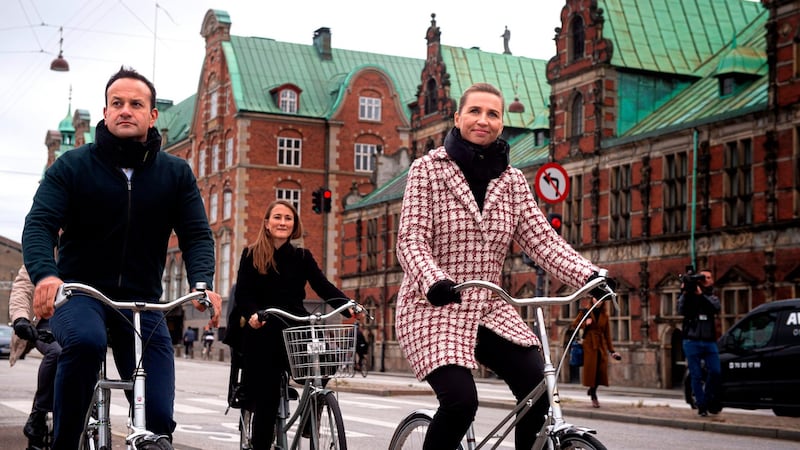The critical role of cities in cutting carbon pollution and embracing genuine sustainability is threaded through the European Environment Agency 2020 assessment of the continent.
Cities consume 78 per cent of the world’s energy and produce more than 60 per cent of greenhouse gas emissions. Yet, they account for less than 2 per cent of the Earth’s surface. Some 74 per cent of Europe’s 714 million citizens live in cities.
Some cities and regions are leading the way in terms of ambition and creativity, experimenting with different ways of living, working and sharing ideas across networks.
The EEA notes “cities are key players in implementing the EU goals of low-carbon economies and resource efficiency. They are crucial in improving waste management, public transport, water management and, through integrated urban planning, efficient use of land”.
Networking by lead cities and local authorities is achieving impressive results, not just in decarbonising but in improving air quality and designing cities with a high degree of “liveability”.
Most significantly, pioneering cities are setting new targets that sometimes exceed national targets for reducing carbon, adopting renewable energy and greening transport (eg banning petrol and diesel cars, and introducing low-emission zones).
Living city
A trailblazer in this regard, Copenhagen intends to become the world's first carbon-neutral capital by 2025. Building on actions over many years, it's doable, says Copenhagen's climate programme director Jørgen Abildgaard.
There will be hiccups along the way, he admits. It took 15 years to build a new metro line, the Cityring, from political decision to completion, with many planning difficulties in between. There were protests about cutting car spaces, though that was in the 1970s and ’80s.
More than 90 per cent of Denmark's energy used to come from oil imports. Sound familiar? Ireland is currently in that bind, if the Corrib gasfield is excluded. Now 40 per cent of Danish electricity comes from wind – one offshore windfarm powers 425,000 homes and the Danes are far from done.

Copenhagen intends leading in that regard too. The entrance to its port has a large wind farm on the sea and another on land nearby. Two large new offshore "wind parks" are due to be built in the sea between the city and Sweden.
And yet there is already a high degree of integration of key infrastructure. A waste-to-energy plant contains a ski slope on its roof. Visitors can ski down its synthetic turf all year round. The plant produces electricity and heat for local homes – 99 per cent of city homes can avail of cheap, district heating.
In “a living city” convenience rates highest above sustainable living and reducing the city’s carbon footprint. The quickest way of getting through Copenhagen’s city centre is by dedicated cycle tracks including large bridges across inlets covering an area equivalent to that between Dublin’s two canals – the city has 375km of dedicated cycle lanes.
Reimagining
Carbon neutrality by 2025 will, nonetheless, require a complete reimagining of how the Danish capital is powered and designed over coming years, stresses Abildgaard.
Construction has one of the highest potentials for carbon savings, he adds so Copenhagen is joining forces with Oslo and Stockholm in procuring low-emission construction to uncover the benefits of scaling demand and sending a clear signal to markets.
It requires actively reconfiguring local transport systems (extending driverless metro lines; improving bus options, cycling and car sharing), and extending district heating and housing, while developing experimental neighbourhoods and urban living labs.
Copenhagen is also an exemplar in meeting the climate adaptation challenge, especially in reducing the threat of flooding. A 2011 deluge in which 15cms of rain fell on the city in less than three hours, causing more than €1 billion in damage, was a catalyst for big change.
The current report card shows 90 per cent of Copenhageners find it easy to get around the city; 90 per cent are satisfied with cycling conditions, 75 per cent of all trips are on foot, by bike or public transport. There has been a 38 per cent reduction in emissions since 2005. Risk of extreme flooding has been reduced by 30 per cent, benefitting 160,000 people.








